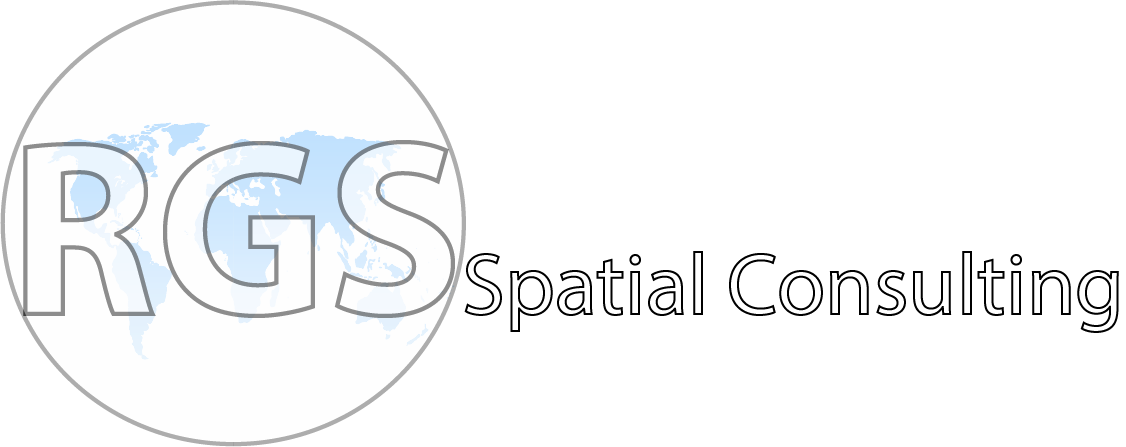
RGS Spatial Consulting
Summary
Traffic safety engineering is a technology that is designed to increase pedestrian and motorist safety and is becoming more important in an increasingly motorized world. In our analysis we utilized and cross-referenced geospatial applications to analyze and propose new safety barrier locations. Once located, RGS was tasked to provide the City of Austin with a statistical analysis of the safety barrier locations and composition. The output of our analysis will amend the existing database, thereby assisting with safety barrier management. In a constantly growing city such as Austin, Texas there are many upsides to the population increase, but there are many downsides as well. With more people there are more cars on the road, which increases the probability of motor vehicle accidents as well as property damage. The project mitigates this risk by facilitating barrier management via a GIS inventory.
Purpose
Roadway deaths are among the leading causes of death in motorized societies. Because of that, traffic safety engineering stands to save lives, increase motorist and pedestrian safety, and decrease the overall economic and social burden of traffic injury-related events.
While a database could handle the compositional information, a spatial database is needed to unearth the details about barrier location and the surrounding environment. Because of this, our project serves to facilitate barrier management efforts. For example, when a barrier is damaged or needs to be replaced, that issue can now be managed geospatially and information about that process can be shared. In addition, completion of the spatial dataset will provide a more complete geodatabase by which to analyze safety trends. With this data, the city will be able to better analyze trends about traffic safety and make better management choices.
Methods
RGS cross-referenced Google Earth and ArcGIS to pinpoint barrier locations. We used ArcGIS locate the general locations of (proposed) barriers. We would then either use imagery in ArcMAP or the 3D dataset in Google Earth to locate the barriers with high precision. Google Streetview was also used to provide images in the form of URL’s or image files. Once located, barriers were added to a geodatabase.
Our next task was to run a statistical analysis of accident data in order to analyze how barriers interacted with traffic flow patterns. We used the product of this analysis, as well as subjective analysis of the streetscape through Google Streeview to suggest new barrier locations based on high risk areas for traffic accidents using hotspot analysis.
Conclusion
RGS has completed the assigned project for the City of Austin, and digitized 56 safety barriers. This has resulted in an increase in the number of safety barriers in district 9 and completed the GIS barriers inventory for the city.
When we were assigned this project, an estimated 15% of the total safety barrier inventory for the City of Austin. This project has resulted in 100% of current barriers for district 9 being digitized. Additionally sixteen new barriers were proposed via RGS analysis. This project has served public safety in the city of Austin by increasing pedestrian/motorist safety.

Hot Spot Analysis